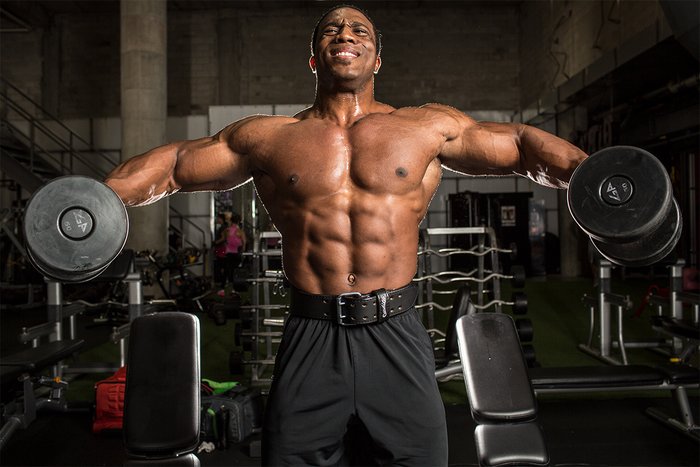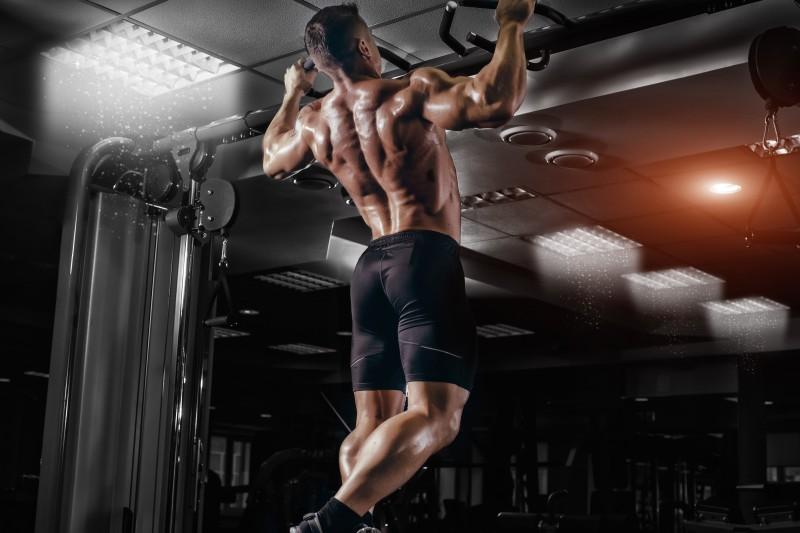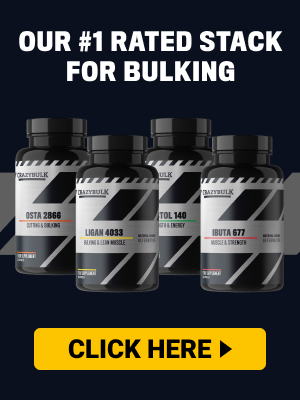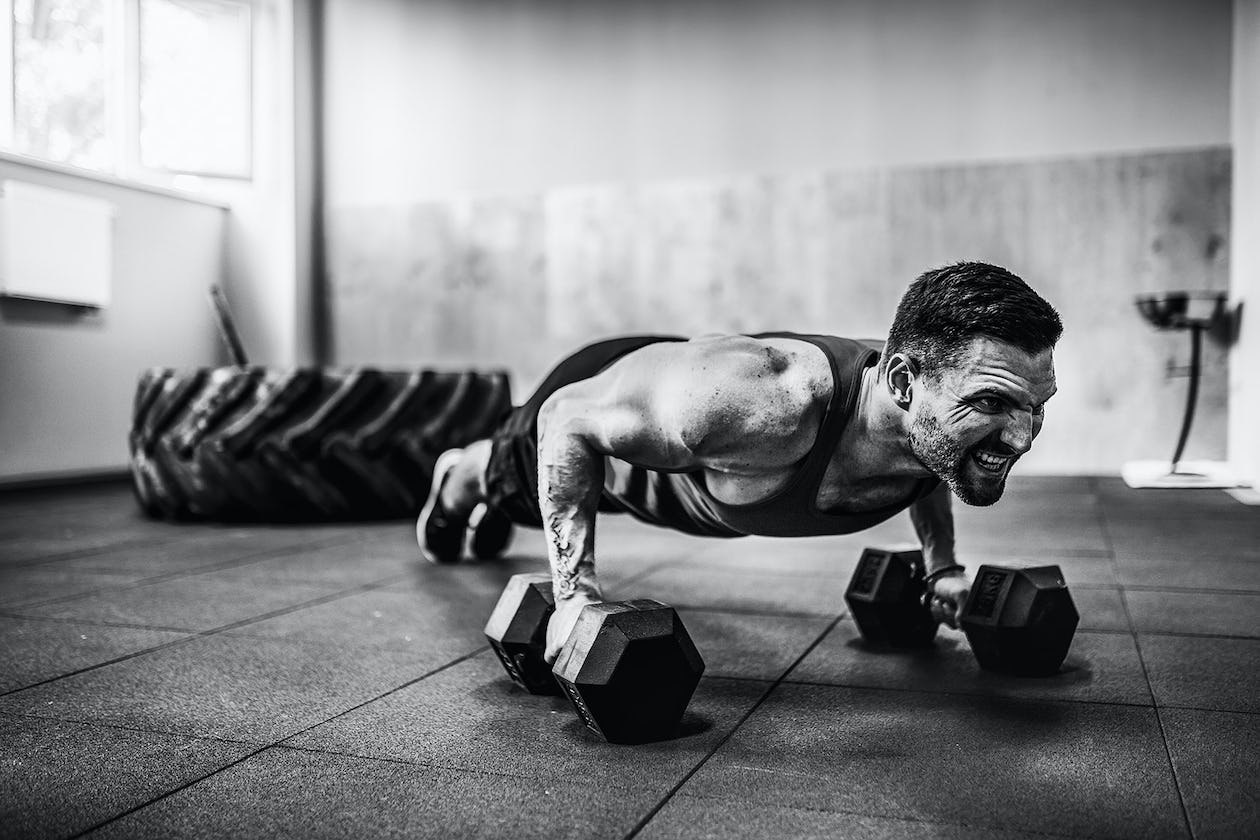Pre-Exhaust Training
If you are a gym and fitness enthusiast, you have probably heard of the term “Pre-exhaust.” But if you haven’t, do not worry. This guide will help you familiarise yourself with everything you need to know about pre-exhaust training.
Pre-exhaust techniques date back to the 1970s when the world-renowned Arthur Jones started using them. Bodybuilders and fitness devotees use this training method to increase target muscles with ease. They do this by “tiring out” the smaller muscles and then performing the main exercise to reduce pressure.
The pre-exhausting technique is the go-to for many gym freaks and is recommended by several fitness experts. So, let us find out why and how you, too, can incorporate it into your regime.
What does Pre-exhaust training mean?
Pre-exhaust training is a training technique that helps maximize certain muscles in your body using isolation exercises. Typically, one first performs compound exercises and, secondly, moves to isolation exercises.
But what you want to do in pre-exhaust training is to reverse this order. Therefore, you will start with single-joint movements and then multi-joint exercises.
The aim of this type of exercise is to tire your target muscles beforehand. This is done to reduce fatigue when you start with your compound movements. Thus, you can effectively increase the bulk of the muscles you are aiming for by using this method.
Here’s an example to illustrate this:
Let’s say you want to perform a bench press to work your chest. And this routine will involve multiple small muscle groups like your triceps. This muscle group is prone to get tired very quickly, and thus, your target is not achieved.
So, you have to work out your chest first, which will reduce the amount of stress during the multi-joint session.
Therefore, the pre-exhaust method enables our muscles to work better during compound exercises. And this guarantees to wear out our muscles first before we begin to feel sensory fatigue.
And since we begin with single-joint movements, it reduces pressure on the joints when we start doing multi-joint exercises.

Pre-Exhaust: Who is it for?
The pre-exhaust type of strength training is primarily a tool for professional heavy-weight lifters and bodybuilders. They use it to enhance their muscle growth while reducing the weight in exercises.
Additionally, athletes also make use of this approach but only for specific reasons. They use it to revive their bodies during an injury or a rehabilitation period. Plus, it also adds variety to their regular exercise routine while keeping the passion alive.
However, if you are just starting out, you should refrain from this method of training. But you can use it to boost your body during an injury.
How to use the Pre-Exhaust Training Technique during a Workout Session
During a pre-exhaust training routine, we combine isolating and compound exercises to target the same muscle group. There are two ways to implement this approach.
- You can finish your isolation workout and then shift to compound training after a minute’s rest.
- On the other hand, you can move between the two exercises without taking a break.
Now let us look at how we can approach this method.
- Firstly, let’s start with a single-joint exercise (isolated movement) specific to the muscle group you want to train. This is done without assistance from any other muscle groups to support the weight. With regard to the muscle you are targeting, here are a few examples:
- Hyper-extensions
- Leg extensions
- Sitting leg curls
- Barbell curls
- Hack squats
- Cable crossovers
- Next, you want to move to a multiple-joint exercise, otherwise known as a compound exercise. During this step, you will make use of your other muscle groups as well to bear the weights. Plus, your primary muscles will also come into action. A few examples for your compound exercises are:
- Leg presses
- Shoulder presses
- Bench presses
- Dead lifts
- Squats
- Lying triceps extensions
Therefore, the pre-exhaust approach enables you to cycle the intensity of your workout routine. Since you are tiring out much of the muscles during isolated movements, you have more energy left. If it was the other way around, i.e., compound exercise, then isolated exercise, you will get tired quickly.
Pre-Exhaust Workout Methods Targeting Different Body Parts
Now, here are a few pre-exhaust exercises you can use for different parts of your body:
- Hamstring – For your hamstrings, you want to perform leg curls as isolation exercises. After that, move to compound exercises such as Romanian dead lifts or Good mornings.
- Shoulders – Begin your isolation exercise with front or lateral raises. To wrap it up, perform machine seated presses or standing/seated dumbbell presses.
- Glutes – The glutes are muscles located in your buttocks. First, start with lateral band walks. And then, conclude with squats or hip thrusts as compound exercises.
- Chest – You want to start with a cable crossover or dumbbell flye exercise. Finally, finish it off with push-ups or bench presses.
You can perform two to three sets with ten to fifteen reps for each isolated exercise. And follow this up by doing an equal set of seven to nine reps of the compound exercise. With this routine, you are well set on your journey to a more aesthetically pleasing physique.
Pre-Exhaust Training Benefits
Several studies support that pre-exhaust training allows us to work to a high capacity during exercise. Therefore, this helps us achieve a better target muscle bulk.
So, let us look at a few advantages you can get by incorporating pre-exhaust training in your gym workout routine.
- When you “pre-fatigue” your supporting muscles beforehand, it helps you attain a better bulk. If you were doing compound routines first, these base muscles would hinder you during your isolation routine. But reversing the order of exercises prevents this from happening.
- During your compound exercises, you will make use of lighter weights since you are “pre-exhausted.” Therefore, there is less chance for injury or accidents.
- A pre-exhaust approach is a handy tool when you want to mend an injury. This method does not put a lot of stress on your body because of the “Isolation first, compound second” approach. In other words, it helps in an even distribution of load during training. Plus, it adds diversity to your workout regime.
- A common complaint among many athletes is the unevenness of their body shape. This occurs primarily because some specific muscles are hyperactive or not active at all during exercises. But a pre-exhaust training approach can solve this problem. And it will help improve your body’s symmetry and posture. This is because pre-exhausting your support muscles help set your primary muscles effortlessly.
- For those of you who have joint and ligament problems, pre-exhaust training is your answer. It lessens the total weight when you start with an isolation exercise and then advance to compound movements.
When you start implementing the pre-exhaust approach, you are bound to experience distress in your muscles. It will feel like you are working out in the gym for the first time in your life. And this is because you are using a different mode of exercise in your routine. Therefore, proceed only when you are up for it.
Another thing to keep in mind during a pre-exhaust session is that the tension in your muscles is the key factor. And the weights you are using are the secondary factor.
People who use the pre-exhaust method in their lives have nothing but positive feedback. So, it’s safe to assume that you, too, can make this work if you want.




